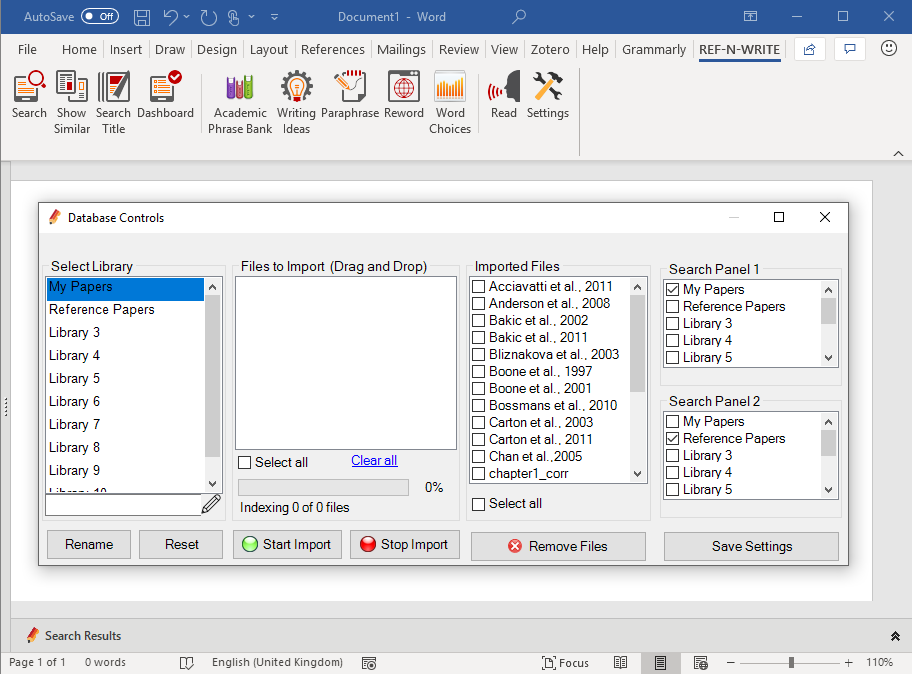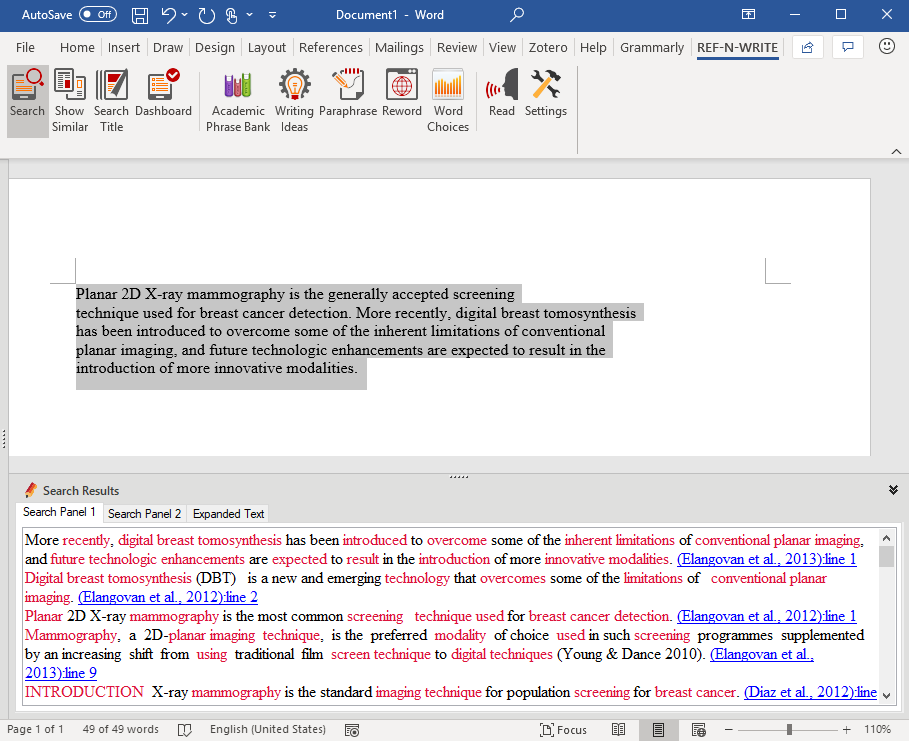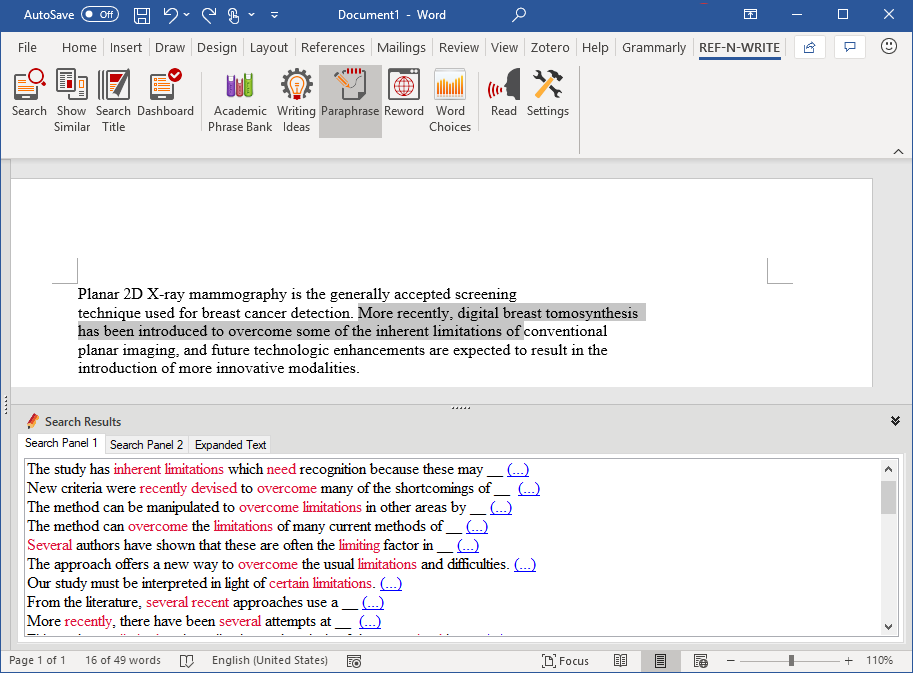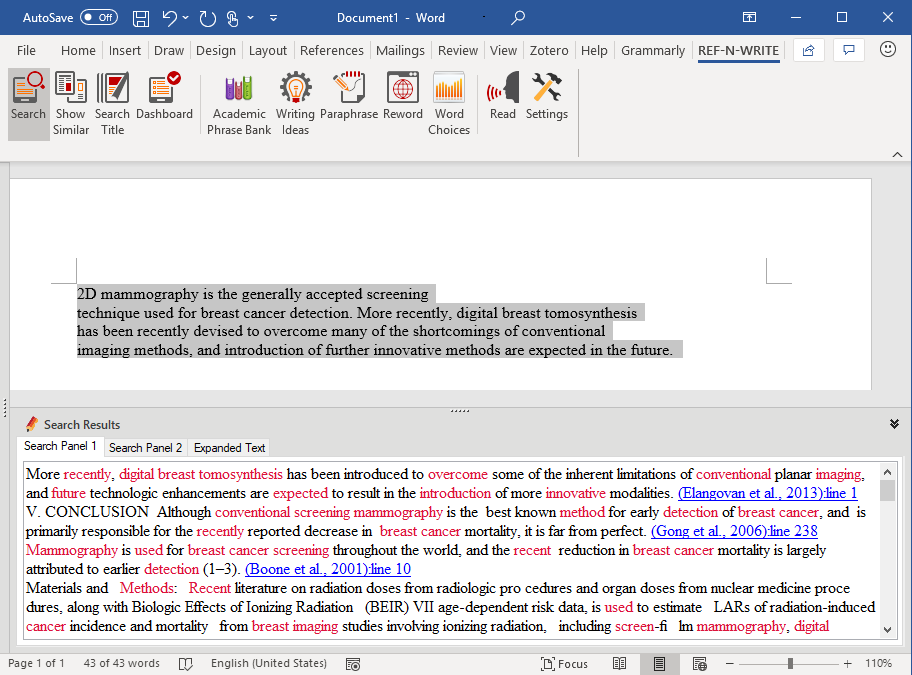Self-plagiarism occurs when a writer reuses a piece of text from his own previously published documents in his essay or paper and leads to academic misconduct. In most cases, this is not intentional, as hence self-plagiarism is also called accidental plagiarism. It is very important to know the differences between self-plagiarism and plain plagiarism as both forms count as academic misconduct. Plagiarism occurs when one uses a chunk of text from published documents that don’t belong to the writer and doesn’t cite or acknowledge the source. Whereas, self-plagiarism occurs when the writer decides to reuse a piece of text from his own document that he has published previously as it is without rewording or rephrasing the text.
This begs the question if the text in the document was originally written by the writer how come it counts as self-plagiarism? This is because once the text has been published in a journal or book, the copyright for the text is held by the publisher and not the author. So if a writer wants to use the text from his own published papers and articles, he must either rephrase or reword it, or enclose the text in quotes and acknowledge the source. It is very important for the writer to use a similarity checker tool to make sure that the text is unique to avoid academic misconduct.
There are many plagiarism detectors and checkers available that allows users to check for plagiarism issues after writing. In this blog, we will explain how writers can use REF-N-WRITE’s similarity checker tool to avoid both plagiarism and self-plagiarism during the writing process rather than after writing. REF-N-WRITE’s similarity checker allows writers to compare their writing against text in documents that belongs to both the writer and others on-the-fly within Microsoft Word during writing.
1. Selecting and Importing Documents for Similarity Checking
The first thing to do before using REF-N-WRITE’s similarity checker tool is to select and import documents against which you want to perform sentence similarity checking. Ideally, when you are writing a paper or essay, you will have reference documents which are published documents written by other authors those are relevant to your writing topic. Then you will have your own documents that you would like to recycle. Typically, if you are writing a journal paper, you would have written a few conference papers on the topic previously. Hence it is logical to contemplate using some text from those papers in the journal paper. Most journals will tolerate about 20% reuse from your previous conference papers. However, to be safe the text should be reworded and rephrased to avoid plagiarism issues. REF-N-WRITE allows you to create multiple libraries of documents, so let’s create a library for papers from other authors and then create another library for your own papers and articles. The figure below shows the REF-N-WRITE dashboard, after creating the libraries and importing articles into relevant libraries.

2. Checking for Sentence Similarity
Now, let’s check for sentence similarity. Select a piece of text in MS Word and hit the search button. Now you will see the search results appear in the popup window below. The words and phrases in your document that overlap with the text in the documents you imported will be highlighted in Red. If there is a lot of Red, then it means that there might be plagiarism issues in your text and should be addressed. If there is a good mix of highlighted and non-highlighted text then it means that your text is unique and you have nothing to worry about. The figure below shows a screenshot from the REF-N-WRITE tool illustrating a lot of highlighted text which is a plagiarism risk.

3. Rephrasing and Rewriting the Text
Now we know that our text has significant overlap with other documents, it is time to address the issue. You must reword and rephrase the text to reduce the overlap. REF-N-WRITE’s scholarly paraphrasing tool and academic phrasebank will help you rewrite your text. These tools provide rephrasing ideas to rewrite your text. The phrasebank contains approximately 20,000 academic writing phrases carefully extracted from numerous scientific documents. The figure below shows a screenshot from the REF-N-WRITE’s paraphrasing tool.

4. Recheck your Text for Plagiarism Issues
Once you have rewritten the text, the next step is to check again to see if all the plagiarism issues have been fixed. Follow the same procedure as step 2. Select a chunk of text and hit search. Now you will see the results appear in the bottom panel. Now, hopefully, the amount of highlighted text should have gone down significantly and there should be a good mixture of highlighted and non-highlighted text. The figure below shows the screenshot from the REF-N-WRITE tool showing the search results after rewriting the text.








very important and i need it
If i write an article and use rewriter tool to improve the english is this plagiarism?
Really its amazing.
I am really mesmerized to watch it.